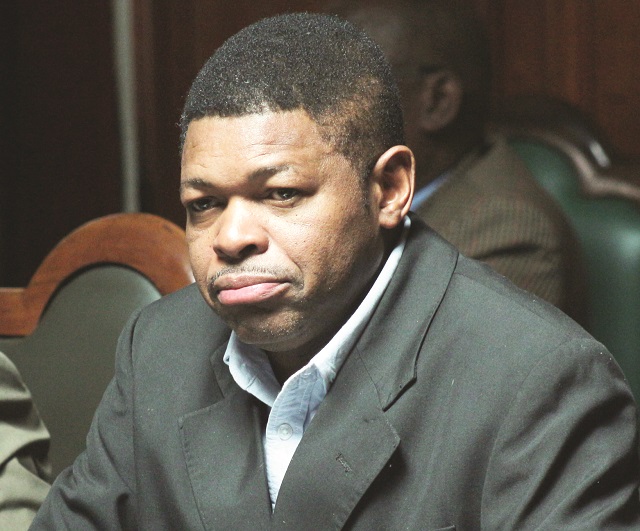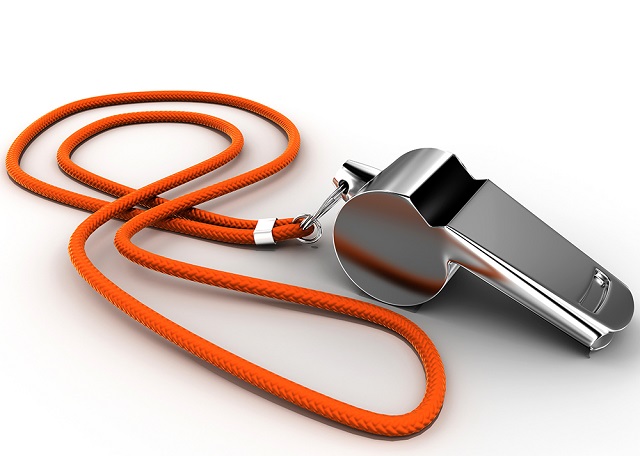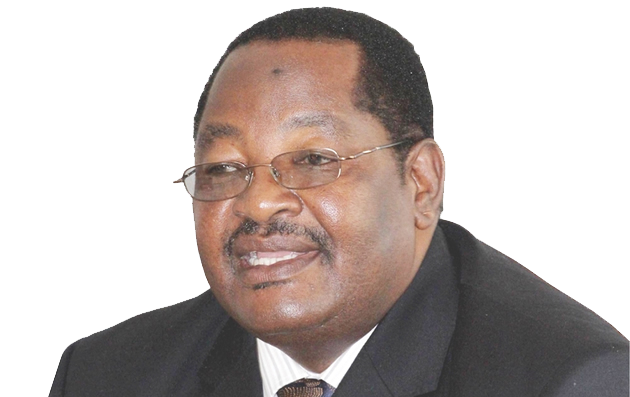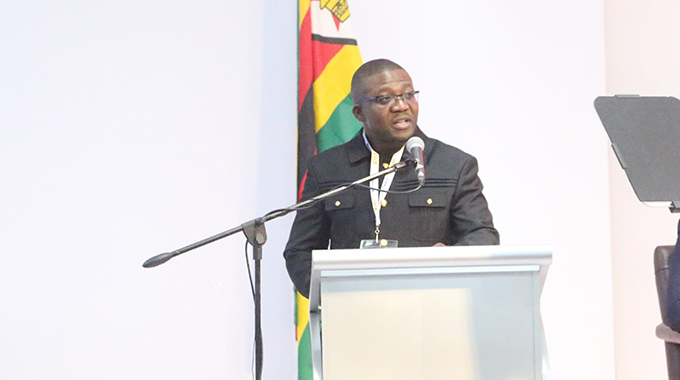BCC addresses sewer challenges

Thandeka Moyo, Chronicle Reporter
OVERCROWDING in Bulawayo’s western suburbs is overwhelming the sewer systems in place leading to perennial sewer bursts, a development that has seen council embarking on four projects to rectify the problem.
Council workers, councillors and journalists yesterday toured Emakhandeni Rehabilitation Centre, Luveve and Entumbane sites where some of the projects are being implemented.
According to the Bulawayo City Council, the ballooning city population is not matching the existing infrastructure meant to cater for an average of three people per household compared to six people occupying each household at the moment.
The most affected areas are Mabutweni, Magwegwe, Lobengula, Emakhandeni, Luveve and Cowdray Park suburbs.
The Director of Engineering and Water Services, Engineer Simela Dube, said sewer blockages have since risen from an average of 40 per day to 90.
“The first project which is funded by the African Development Fund, a $37 million grant, will aim to clear hot spots and outfall sewers within the Southern Areas Sewer Treatments (SAST).
“The scope of the work is to clear all the recurrent hot spots within Nkulumane, Pumula, Nketa and Emganwini areas,” said Eng Dube.
“We are also working towards constructing new outfalls in Cowdray Park to address all sewer challenges that have haunted the area for a long time.
“Thirdly, council is funding a project worth $500 000 launched last year which will clear sewer blockages from identified and prioritised sewer lines in the city.”
Eng Dube said a contractor has so far cleared blockages in Luveve catchment area which covers Luveve, Gwabalanda and Magwegwe suburbs.
“Our fourth project is aimed at supplying, delivering and installing lockable polymer concrete sewer manhole frames and lids.
“A technical assessment of the Emakhandeni, Entumbane, Magwegwe, Gwabalanda areas has been done and we will replace the lids soon,” he said.
Council says vandalism of manhole lids is still a challenge in the city, leading to many foreign objects finding their way into the system.
Speaking during the same tour, the Director of Health Services, Dr Edwin Sibanda, said sewer blockages were a health hazard especially to children.
“We know that its children that love playing by the roadside or in the soil.
“When they ingest some of these particles they are at risk of developing stomach bugs and other diseases.
“The stench itself may not present any health hazard but it is important that residents co-operate with council to reduce the number of sewer blockages,” said Dr Sibanda.
He said members of the public should avoid throwing any solids into any sewer systems as they were only designed to take water from toilets, sinks, baths and showers. — @thamamoe












Comments